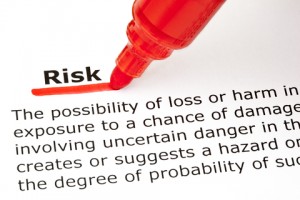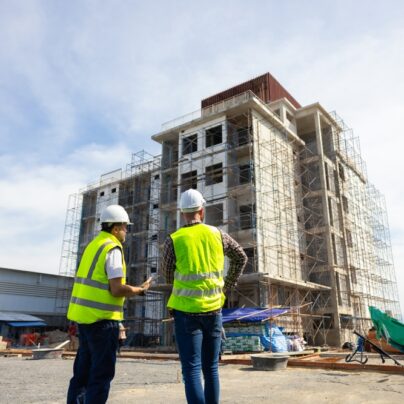What is Hand and Arm Vibration Syndrome
 At a glance it may seem vibrations from power tools are a minor concern, but too much and you can develop serious and debilitating conditions – like hand-arm Vibration syndrome (HAVS) or carpel tunnel syndrome.
At a glance it may seem vibrations from power tools are a minor concern, but too much and you can develop serious and debilitating conditions – like hand-arm Vibration syndrome (HAVS) or carpel tunnel syndrome.
Their more unpleasant nicknames illustrate better how bad these injuries are – ‘vibration white finger’ or ‘dead finger’. Yep, ‘dead finger’ doesn’t sound too minor does it?
HAVS causes pain and distress, reduced ability to work in damp or cold conditions, or to do any fine work with the fingers, and loss of strength in the hands – all pretty much what a good builder needs for their livelihood!
So what’s the threat and how can you avoid it?
6 Signs Your Workers are at Risk of HAVS
- They work in construction – that’s right, everyone in construction is at risk of HAVS, it’s the most common industry for the problem
- Your employees complain about numbness or tingling in their hands and fingers when they’ve been using vibrating tools
- They hold work pieces that vibrate because they are being processed by pedestal grinders or other power machinery
- They operate any hammer action tool for more than 15 minutes a day
- They use rotary or other action tools for over 1 hour a day
- They regularly use hand-held or guided power tools like;
- Sanders, grinders, disc cutters
- Hammer drill
- Concrete breakers, concrete pokers
- Chipping hammers
- Brush cutters, chainsaws, hedge trimmers,
- Powered mowers
- Scabblers or needle guns
So you can see how the HSE can say 2 million people in the UK are at risk of getting HAVS – but before you panic, that’s 2 million at risk! You can take these steps to dramatically reduce that risk. Pay careful attention to any signs of HAVS symptoms;
4 Early Symptoms of HAVS
- Numbness or tingling in fingers
- Reduced sense of touch
- Hands losing strength
- Whiteness in your fingers, and then redness and pain
But you should be taking action a looong time before you see symptoms. They can show up after months or years of exposure. A little too late. Instead, take these precautions and make sure all your workers know them well and follow them;
7 Ways to Reduce the Risk of HAVS
- Reduce the time you use a tool in one go – vary, alternate and break up jobs
- Use low-vibration tools wherever it’s possible
- Maintain and check tools – when they’re not taken care of properly wear, tear and faults can cause extra vibrations
- Don’t force a tool too much
- Don’t grip a tool harder than is necessary to do a job
- Try to keep the tool handles not too cold – so store them inside when possible
- Always keep yourself warm and dry – this helps the blood circulation in your hands and arms
If you and your workers take the threat seriously and follow these safety tips, you should greatly reduce the risk and occurrence of vibration-related problems. Like always in Health & Safety, a few clear steps can keep you safe!
Key Take-Aways
– Understand when you’re at risk of HAVS
– Look out for the early warning symptoms
– Take the right steps to reduce all the risks
Do you have any questions about HAVS, or experience you’d like to share?
Comment below and we’ll reply!

A chartered (fellow) safety and risk management practitioner with 20+ years of experience. David provides a healthy dose of how-to articles, advice and guidance to make compliance easier for construction professionals, Architects and the built environment. Get social with David on Twitter and Linkedin.

 At a glance it may seem vibrations from power tools are a minor concern, but too much and you can develop serious and debilitating conditions – like hand-arm Vibration syndrome (HAVS) or carpel tunnel syndrome.
At a glance it may seem vibrations from power tools are a minor concern, but too much and you can develop serious and debilitating conditions – like hand-arm Vibration syndrome (HAVS) or carpel tunnel syndrome.
